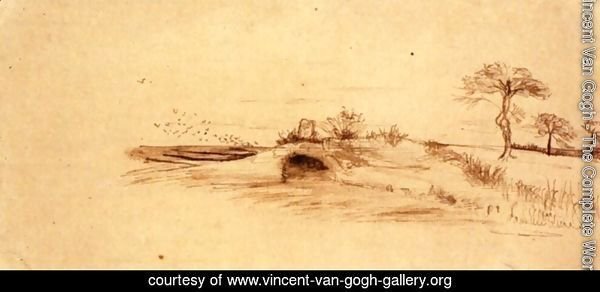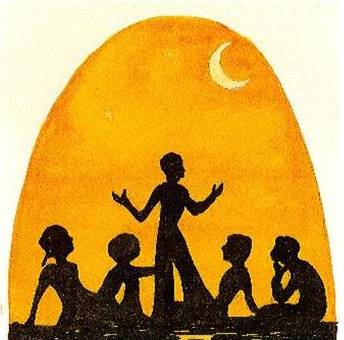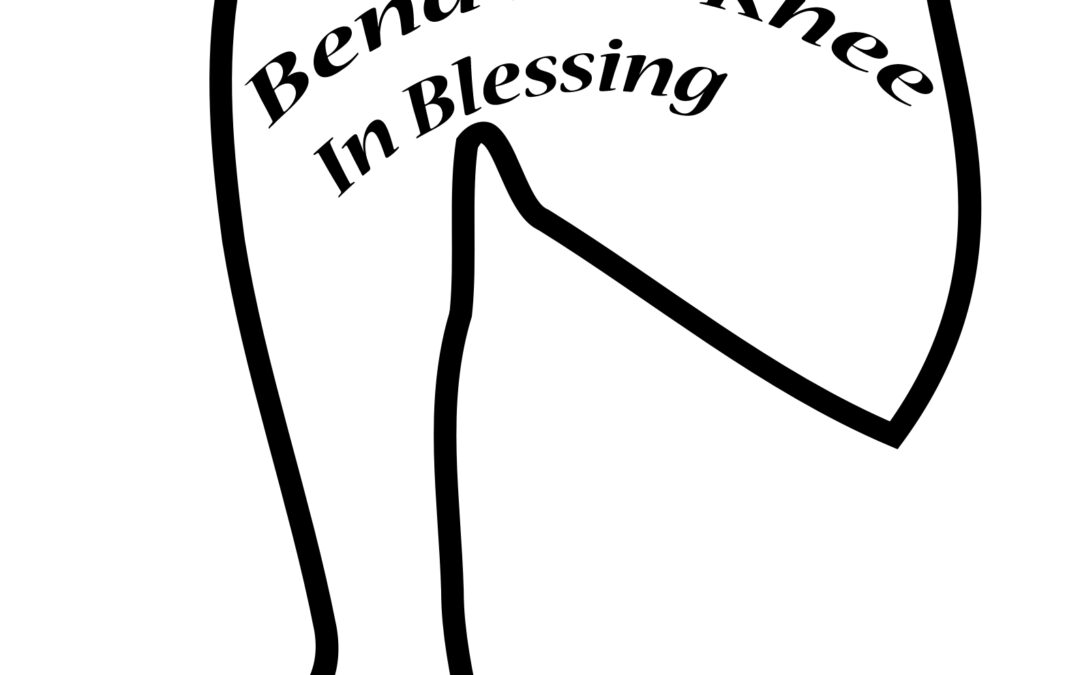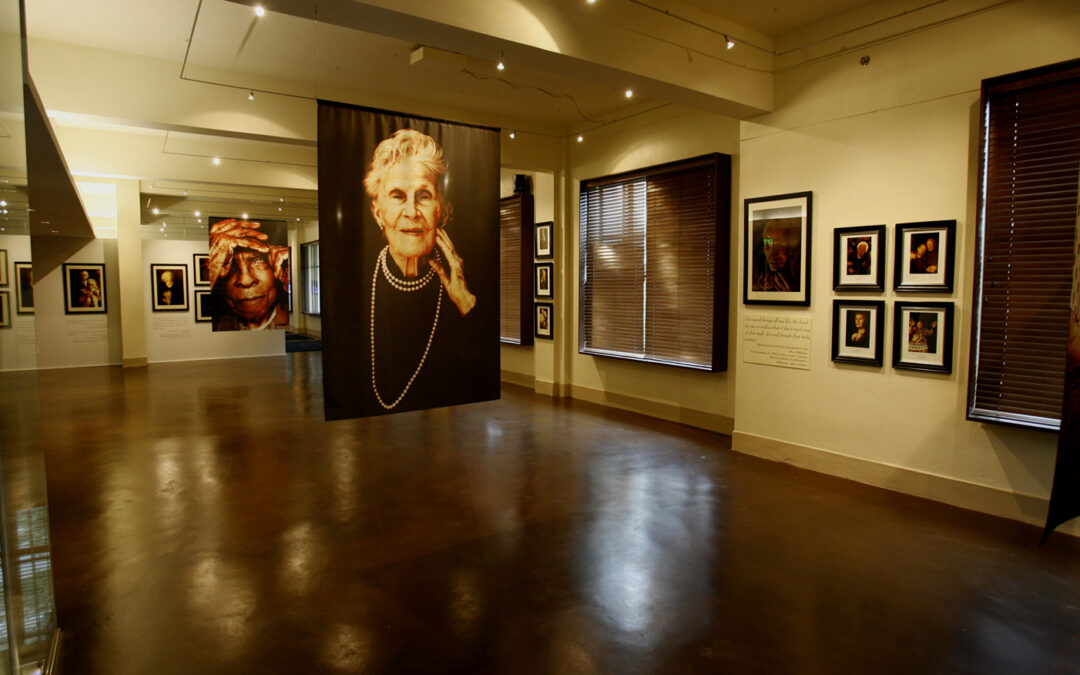Tisha B’Av, the 9th day of the Hebrew month of Av, is a day of national and collective mourning for the Jewish people. On this date in 586 BCE and again in 70CE, Jerusalem, and her Holy Temples, were destroyed and the people exiled; first to Babylonia and then scattered among the Roman Empire, creating today’s Diaspora.
Until I was 16 and on USY Israel Pilgrimage, I had never observed Tisha B’Av. I was aware that it existed, and that it was a fast day, but since it comes in the summer, it wasn’t covered in Hebrew school. And, at a time when we have a modern, thriving State of Israel, and a rebuilt Jerusalem (even if not the Temple) many liberal Jews question the relevance of this observance.
I grapple with this as well. Just as my eating all my food wasn’t going to help starving children in China, my fasting isn’t going to change the past or magically rebuild the Beit haMikdash, the Holy Temple.
In preparing for a class on Eicha, the Book of Lamentations (kinot) which we read on Tisha B’Av, it occurred to me that this day is a yahrzeit, the anniversary of a death. Lighting a candle and saying Kaddish for my parents, of blessed memory, won’t bring them back, and that day is bittersweet.
Tisha B’Av is bittersweet as well. We begin the evening by sitting on low stools, perhaps by candlelight, barefoot or wearing slippers, and chant Eicha in a mournful tone. We might also recite kinot, poems of lament, as we mourn for something that no longer exists except in our collective memories. Throughout the next day, we read more kinot and refrain from pleasurable activities, although many do go about their regular business. We don’t study Torah, other than passages having to do with mourning and destruction. And as the day progresses, our liturgy and our moods lighten little by little as we remember that even though God’s Holy Temple and city are gone, God is still with us, and we can take comfort in that knowledge.
Taking this day to remember and mourn for what we have lost frees up the other 364 days for joy and gratitude, and allows us to look to a future full of blessing and simchas.











0 Comments